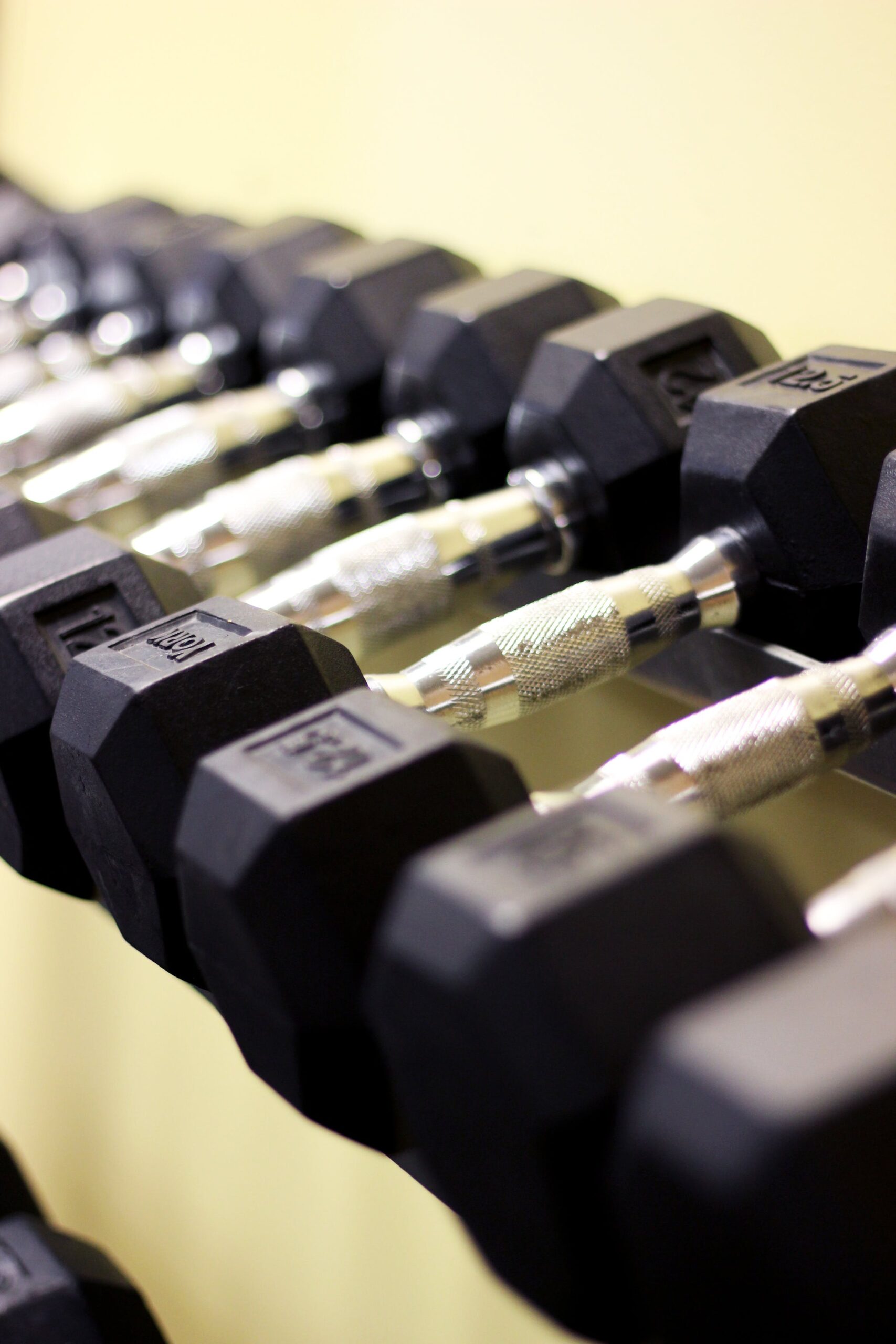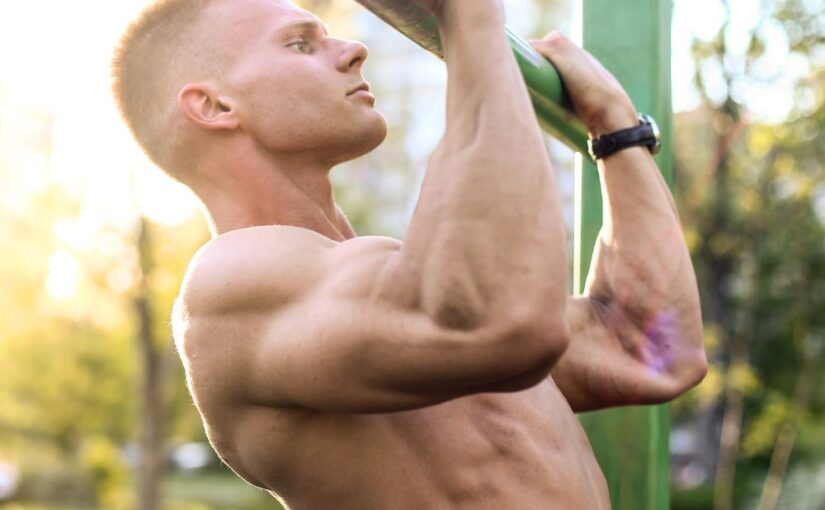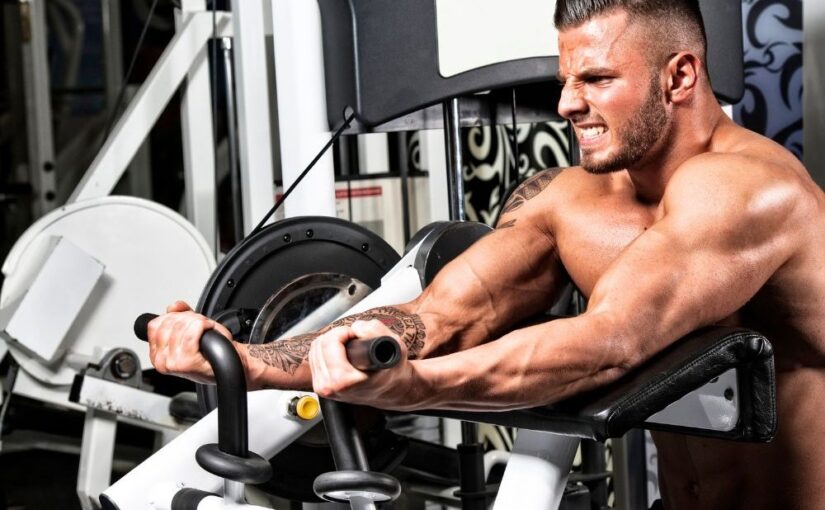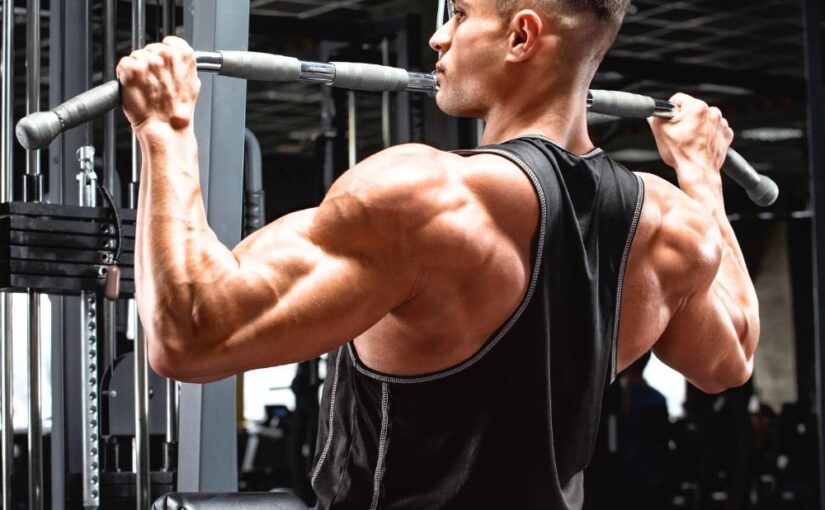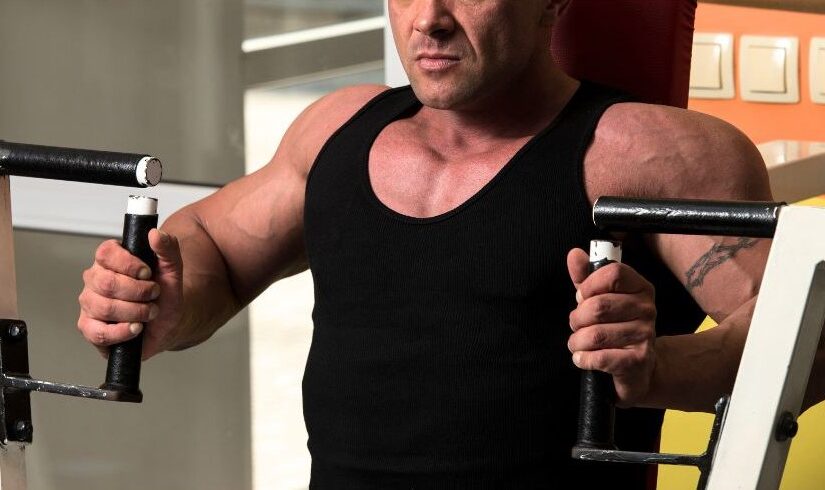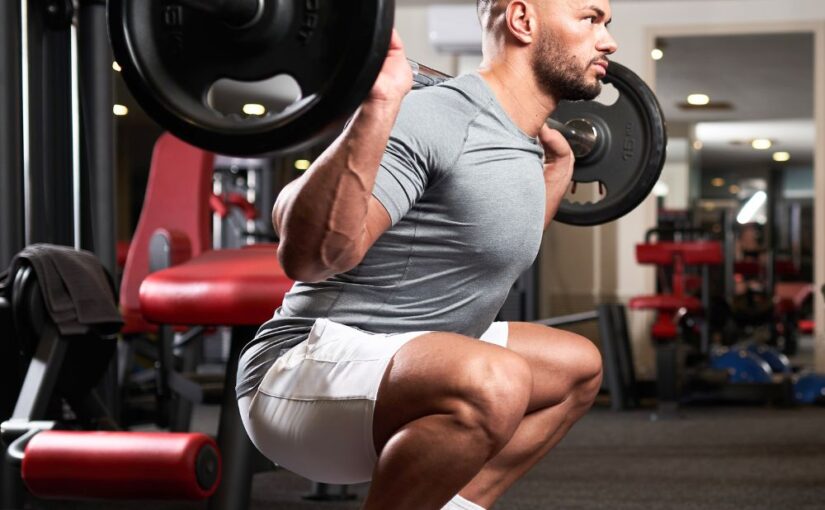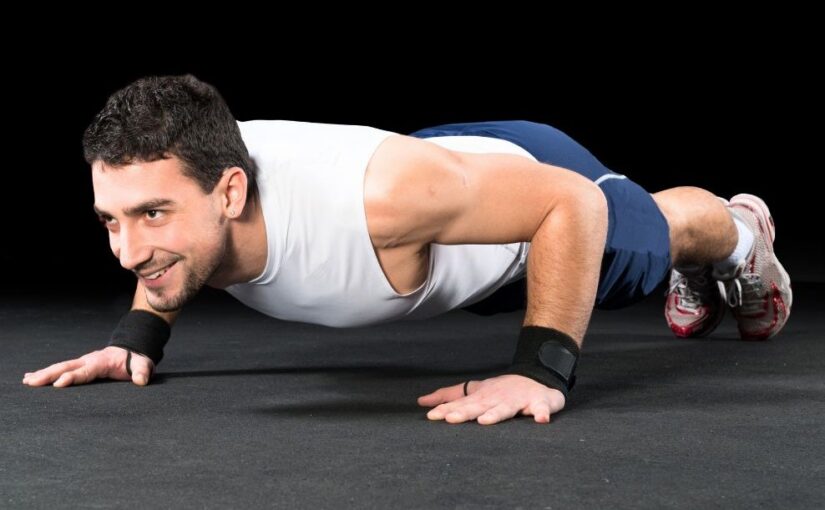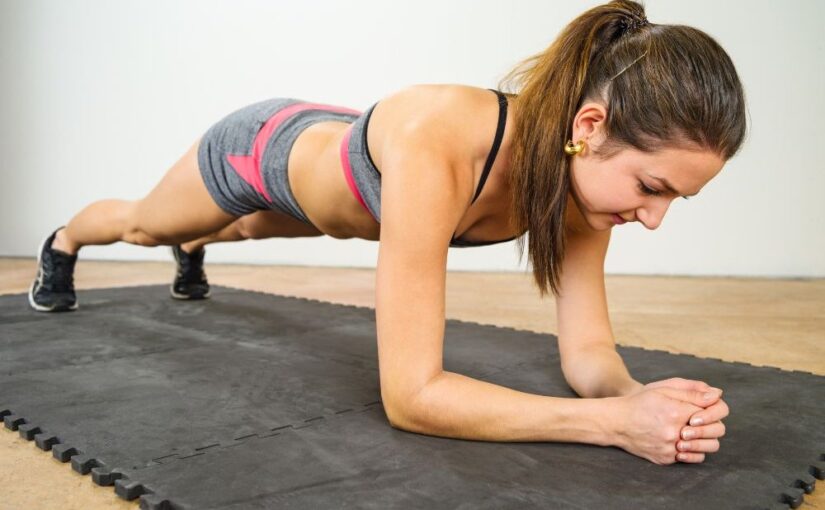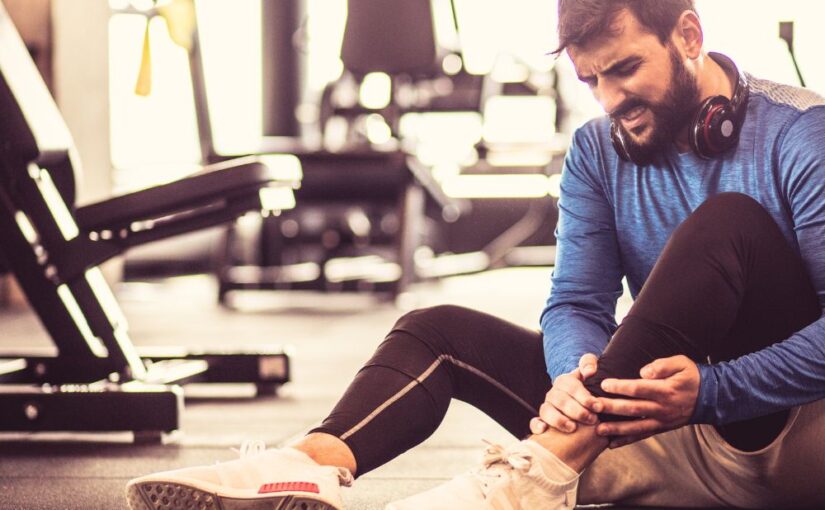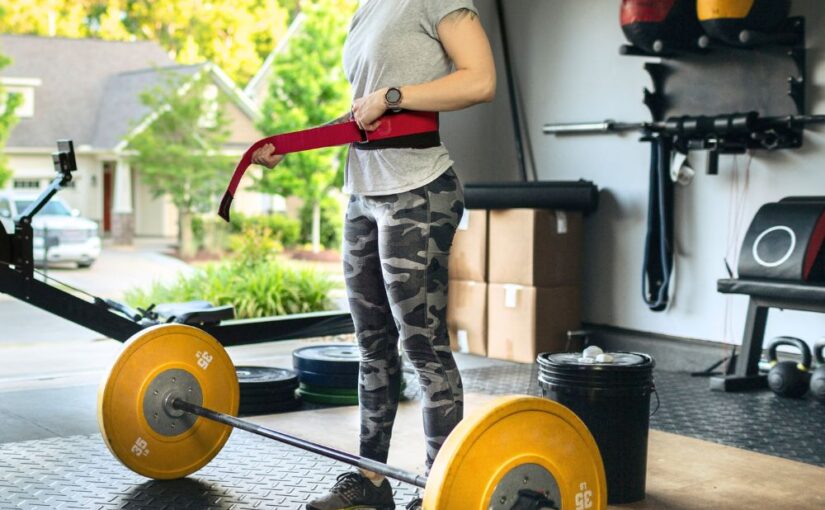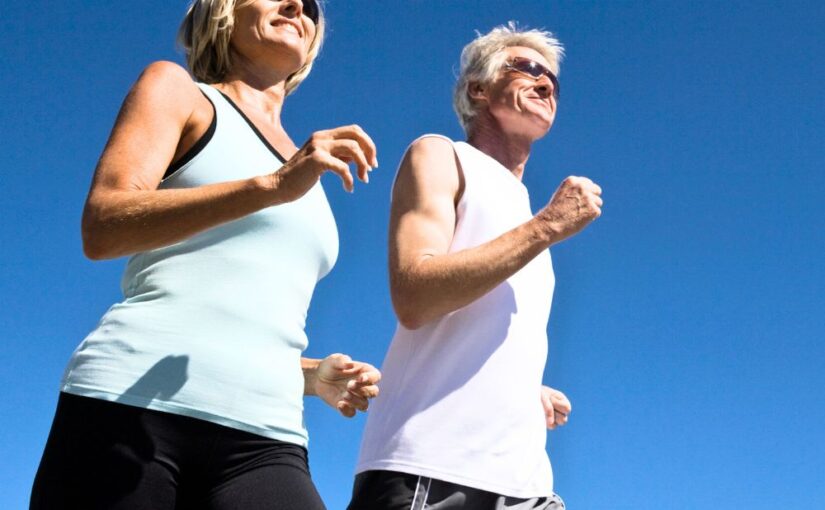Achieving well-defined biceps is a common goal for fitness enthusiasts. While traditional gym workouts often rely on weights and machines, you can effectively build your biceps at home using just your body weight. This article will guide you through exercises, techniques, and a sample routine to maximize your bicep gains without any equipment.
Understanding the Biceps
The biceps brachii is a muscle located at the front of your upper arm, consisting of two heads (the long head and the short head). To effectively target and grow your biceps, you’ll want to engage in exercises that emphasize both heads of the muscle.
Warm-Up
Before starting your workout, it’s essential to warm up to prevent injury and prepare your muscles. Spend 5-10 minutes performing dynamic stretches like:
- Arm circles
- Shoulder rolls
- Light jogging in place
Bodyweight Exercises for Biceps
Here are some effective bodyweight exercises to build your biceps at home:
1. Push-Ups
While primarily targeting the chest and triceps, push-ups also engage the biceps as stabilizers.
- Variation: Close-grip push-ups (hands close together) or diamond push-ups (hands in a diamond shape) increase bicep engagement.
2. Chin-Ups (Using a Bar or Door Frame)
If you have access to a pull-up bar or a sturdy door frame, chin-ups are excellent for targeting the biceps.
- Technique: Use an underhand grip (palms facing you) and pull your chin above the bar. If you lack a bar, perform negative chin-ups by jumping up and slowly lowering yourself.
3. Isometric Bicep Hold
This exercise can be done anywhere and is effective for building muscle endurance.
- Technique: Press your palms together in front of your chest and push against each other with maximum effort. Maintain this position for 30 seconds to a minute.
4. Bodyweight Curls
Use a sturdy table or counter for this exercise.
- Technique: Stand a few feet from the table, grip the edge with an underhand grip, and lean back. Pull yourself toward the table by bending your elbows, mimicking a bicep curl motion.
5. Plank to Push-Up
This dynamic move engages your core and biceps.
- Technique: Start in a plank position on your forearms. Push up onto your hands one arm at a time, then return to the plank position. Repeat for several reps.
Sample Bicep Workout Routine
Full Routine
Frequency: Aim to do this routine 2-3 times a week, allowing at least one day of rest in between.
- Warm-Up: 5-10 minutes of dynamic stretching
- Push-Ups: 3 sets of 10-15 reps (Close-grip or diamond for extra bicep focus)
- Chin-Ups: 3 sets of 5-10 reps (or negatives if no bar is available)
- Isometric Bicep Hold: 3 sets of 30-60 seconds
- Bodyweight Curls: 3 sets of 10-15 reps
- Plank to Push-Up: 3 sets of 8-12 reps
- Cool Down: 5-10 minutes of stretching
Incorporating Resistance
To further challenge your biceps, consider adding resistance:
- Backpack Weights: Fill a backpack with books or heavy items and use it for resistance while performing push-ups or curls.
- Towel Resistance: Hold a towel with both hands, pull it taut, and perform isometric curls or variations to create tension.
Cool Down and Stretch
After your workout, take time to cool down and stretch your biceps and arms. Simple stretches include:
- Arm across the chest stretch
- Overhead tricep and bicep stretch
Hold each stretch for 15-30 seconds to enhance flexibility and promote recovery.
Conclusion
Building big biceps at home without equipment is entirely achievable with dedication and the right exercises. By following the sample routine, incorporating bodyweight movements, and consistently challenging yourself, you can sculpt impressive biceps. Stay committed to your fitness journey, and you’ll see the results you desire!

